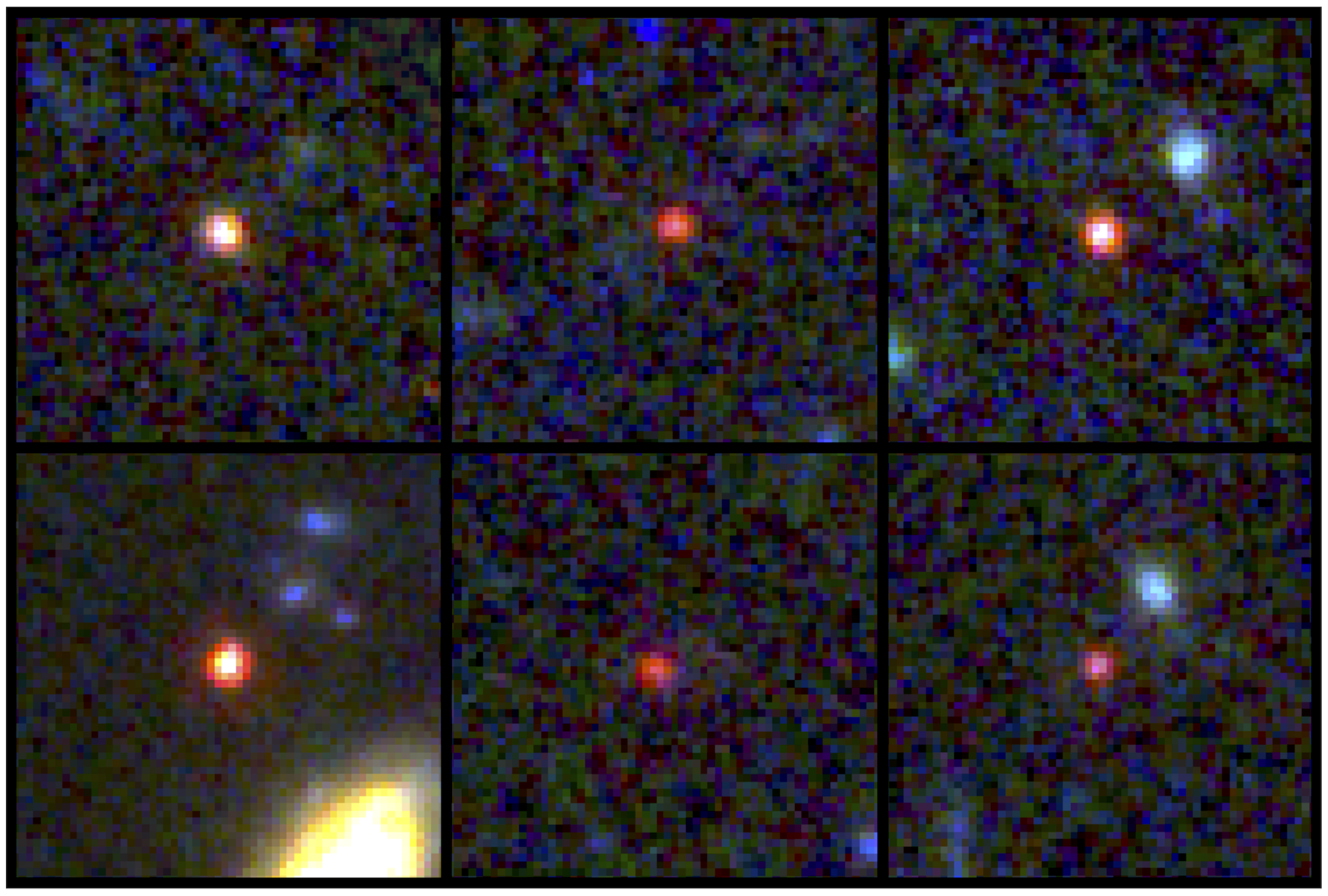Media release
From:
An international team, led by a Swinburne University of Technology researcher, has discovered the seemingly impossible. Using the powerful James Webb Space Telescope, they have observed massive candidate galaxies at the beginning of time, up to 100 billion times the mass of the Sun which, if confirmed, would contain more mass than was thought to exist in the whole Universe at that time.
The research, published today in Nature, could upend our model of the Universe and force a drastic rethink of how the first galaxies formed after the Big Bang.
“We’ve never observed galaxies of this colossal size, this early on after the Big Bang,” says lead researcher Associate Professor Ivo Labbé from Swinburne University of Technology.
“The six galaxies we found are more than 12 billion years old, only 500 to 700 million years after the Big Bang, reaching sizes up to 100 billion times the mass of our sun. This is too big to even exist within current models.
“This discovery could transform our understanding of how the earliest galaxies in our Universe formed.”
Follow up measurements are being carried out to confirm the galaxies and rule out alternative explanations.
“One alternative, equally fascinating, is that some of the objects belong to a new class of emerging supermassive black holes, never seen before,” Associate Professor Labbé says.
The power of the James Webb Space Telescope
The galaxies were identified using some of the first observations from the USD$10 billion James Webb Space Telescope, the game-changing telescope which was launched in December 2021 and has been in operation since July 2022.
Associate Professor Labbé is one of two Swinburne researchers leading projects awarded precious time in JWST’s first observation cycle, alongside Distinguished Professor Karl Glazebrook.
“The James Webb Space Telescope has been a revolution in astronomy, allowing us to see back to the beginning of time. This initial discovery may just be the start of a transformation in how we make sense of the world around us,” Associate Professor Labbé says.
The research was based on some of the first images taken by JWST in July 2022, as part of the Early Science Release Program CEERS, with imaging processing by Dr Gabriel Brammer (Niels Bohr Institute’s Cosmic Dawn Center at the University of Copenhagen).
The research, A population of red candidate massive galaxies ~600 Myr after the Big Bang, was published in Nature on 22 February 2023.



 Australia; International; VIC
Australia; International; VIC



